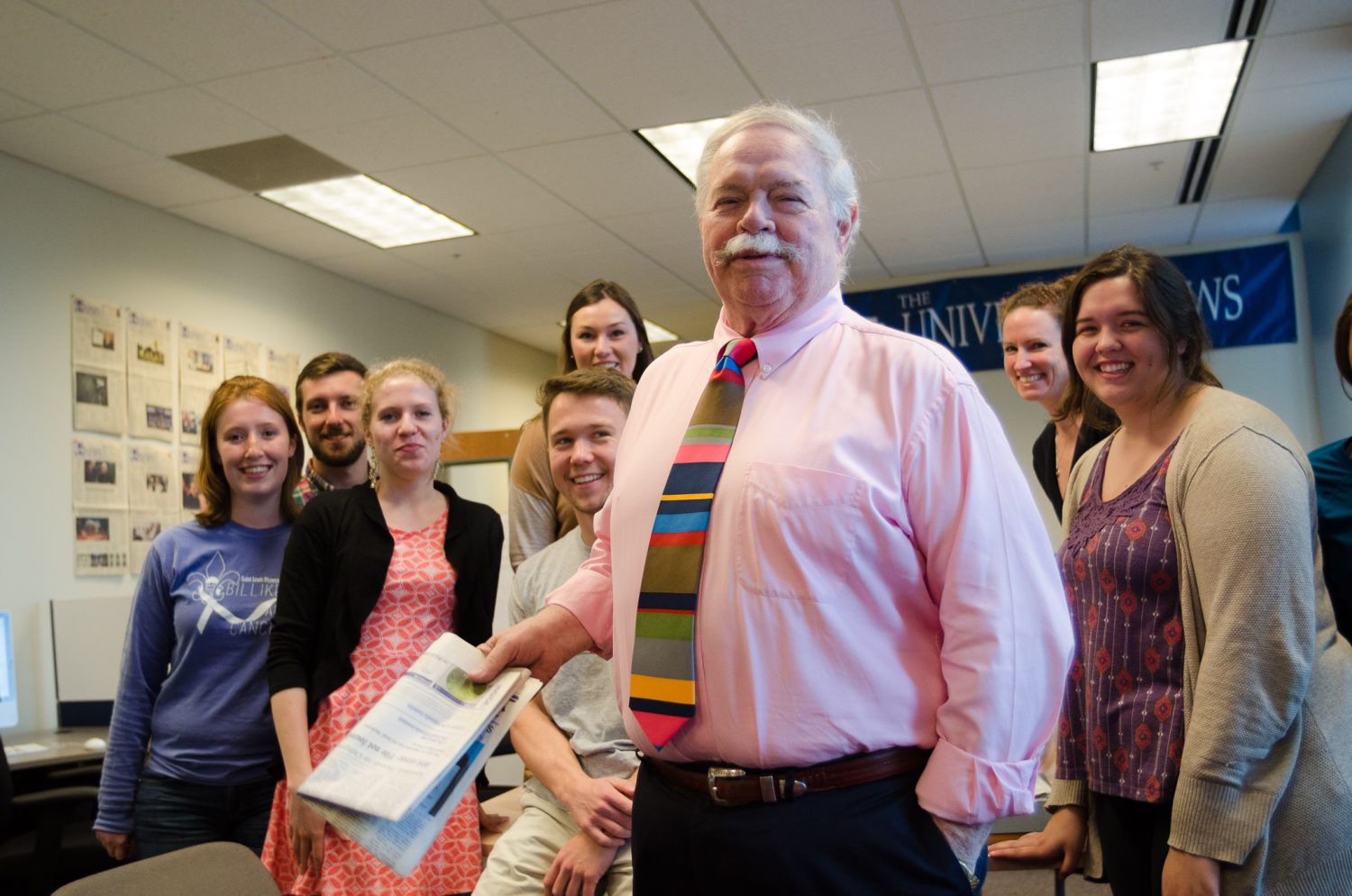While our nation has been embroiled in a mesh of politics and
war halfway across the globe, an important domestic issue is far
less discussed.
For the last two decades, immigrants from Mexico and Latin
American nations have joined millions of other people from across
the world who travel to the United States in search of a good life.
They have contributed to the diversity and richness of America
exemplified through the phrase, the “melting pot.”
However, with the recent deportations of illegal immigrants, an
individual has to consider the situation of Hispanic-Americans in
the United States.
Hispanic-Americans–largely Mexican-Americans–reside in states
like California, Texas and the Southwest, and now have growing
populations in Midwestern cities like St. Louis and Chicago. They
are an asset to our nation and form a significant portion of the
work-force in a variety of fields, ranging from agriculture to
medicine, law to entertainment, education to technology.
This demographic group has the potential to simultaneously
improve their lives and enrich the progress of America.
Nonetheless, several factors stand in the way of this
advancement.
Trouble acquiring citizenship is a serious problem that impedes
the full functioning of Hispanics in America.
Without legitimate citizenship many Hispanics lack access to
schools for their children, adequate healthcare for their families,
an array of job opportunities and security of life in America. In
extreme cases, nourishment and housing are luxuries.
Nevertheless, illegal aliens do not pay taxes, shirking their
civic duty. Although the state of affairs in their original nations
may not be ideal, this does not entitle every individual with
sub-par circumstances to enjoy the bounty and wealth of a nation,
without contributing back.
Paying taxes legitimizes their place in American society and
allows them to truly be a part of this country. Every relationship
runs in two directions: the nation must provide for its people, and
the people must strive to strengthen their country.
In addition, a push for citizenship would also instill a sense
of American identity within any minority immigrant group. Hispanics
who enter the United States legally and comply with their fiscal
and patriotic duties will not have to shoulder the prejudice of
those who believe they take but never give back. They would receive
jobs because of their valued work, not a forced quota. Furthermore,
it will create a sense of belonging within them–the feeling that
they are truly part of a community.
Another issue surrounding the case of Hispanic-Americans is the
question of the language barrier.
Proponents of installing a bilingual system of communication
neglect to consider the detriment this causes Hispanics, in terms
of assimilating into American culture. Street signs, driving
license tests and classrooms featuring both English and Spanish
send the wrong message. It shows special accommodations–not
integration–for one population group.
It further alienates Hispanics by viewing them as a different
people for whom we must make life easier.
A bilingual system is demeaning and does not help either side.
By funding more social programs dedicated to teaching English,
perhaps could we help Hispanics join all aspects of American life.
After all, a Mexican immigrant working in Florida may have access
to bilingual writing in restaurants and shops. But, a move to
Minnesota could be traumatic given not only the culture shock but
the insurmountable communications barriers.
Indeed, it is in the spirit and responsibility of all Americans
to welcome and support newcomers to this land.
The only solution to this is to create a nationwide
dual-language system, similar to that of Canada, which has both
French and English as its official languages.
Yet sadly, even that remedy is flawed: What then of some new
wave of immigrants of a different tongue?
The possible combinations of language are endless. In the first
half of the twentieth century, Irish, Italian, and Asian peoples
came to America.
They learned, worked and now have become truly part of this
nation. In the later half of the century, South Asians and East
Asians joined in this mix of people.
Now, Hispanics have the timing and the power to determine their
destiny in America. Hopefully it will be a decision that will
benefit their well-being, the futures of their children, and their
fellow Americans.
Maryam Zia is a sophomore in the College of Arts &
Sciences.



